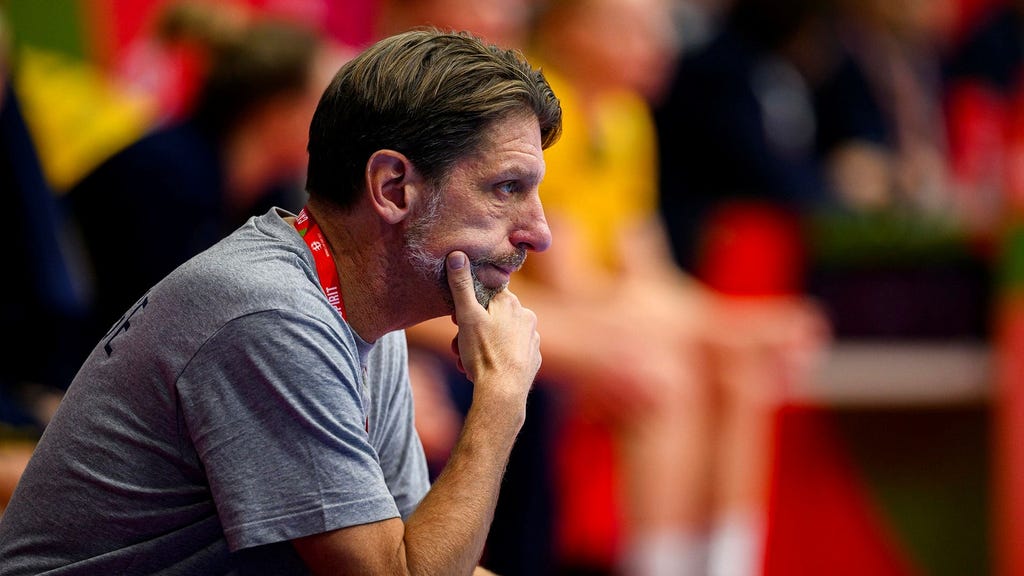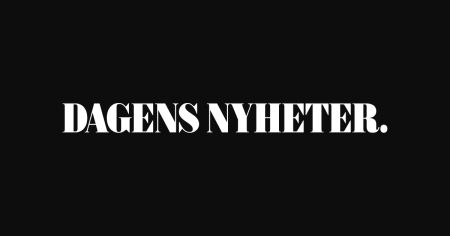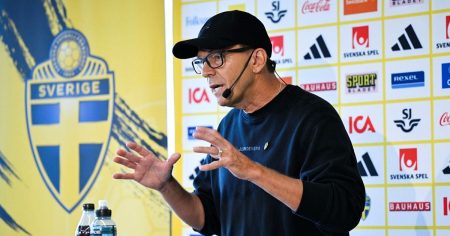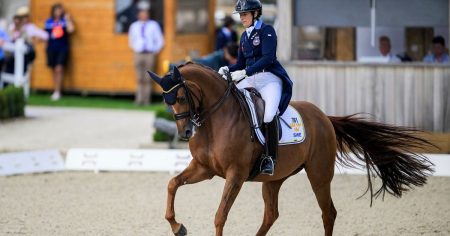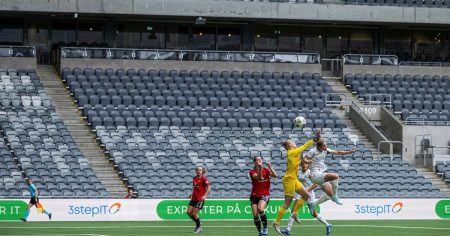The Swedish women’s handball team’s performance at the European Championship was a profound disappointment, culminating in an early exit after a loss to France. While their second-half performance against France showed a spark of their usual tenacity, it was too little, too late. This early exit marks a stark contrast to the team’s upward trajectory under coach Tomas Axnér since 2020. Prior to the championship, the team had achieved fifth place in both the 2021 World Championship and the 2022 European Championship, followed by fourth-place finishes in the 2022 World Championship and the 2023 Olympic Games. The team’s performance in this championship raises serious questions about their future and the effectiveness of their current strategies.
The team’s struggles throughout the tournament were evident in their numerous technical errors and inconsistent play. Against Hungary, they faced a demoralizing 12-goal deficit at one point, ultimately losing by seven. Their match against Romania was plagued by ten technical fouls in the first 16 minutes alone, resulting in a meager eight goals by halftime. These glaring weaknesses, combined with the inability to consistently mount effective attacks, made their elimination almost inevitable. The team’s performance has been so drastically different from their previous form that player Emma Lindqvist lamented the loss of their characteristic playing style, suggesting they had “lost their DNA.”
The responsibility for this disappointing performance ultimately rests with the coach, Tomas Axnér, although he recently extended his contract through 2026. While he is unlikely to resign, this tournament necessitates a thorough evaluation of the team’s shortcomings and a reevaluation of his strategies moving forward. Several key players, including Jamina Roberts, Jenny Carlson, and Linn Blohm, underperformed significantly, contributing to the team’s overall struggles. The absence of injured players, particularly defensive stalwart Anna Lagerquist, further exposed the lack of depth in the squad, leaving them vulnerable and unable to adequately compensate for her pivotal role. Other key absences, including Nina Koppang, Matilda Lundström, and Daniela de Jong, significantly hampered the team’s offensive capabilities, highlighting the fragility of the team’s composition.
This European Championship was seen as the prime opportunity for the Swedish team to finally capture a medal after a decade-long drought. The sting of their near-miss at the Olympics, where they held a four-goal lead against France in the semi-final only to lose in the final seconds of overtime, loomed large. Linn Blohm acknowledged the lingering impact of that defeat, a sentiment likely shared by many of her teammates. That loss underscored the team’s potential but also highlighted their vulnerability under pressure. This current defeat adds another layer of disappointment and raises concerns about whether this generation of players, including Blohm, Roberts, Carlson, Nathalie Hagman, and Johanna Bundsen, will ever have a better chance at achieving their medal aspirations.
The upcoming World Championship in Germany and the Netherlands presents the next major challenge for the Swedish team. However, even qualification for this tournament remains uncertain, adding another layer of pressure. This European Championship performance raises critical questions: was it an anomaly, a temporary dip in form, or is it indicative of a declining trend? The team’s performance in the upcoming World Championship qualifiers, and subsequently in the Championship itself should they qualify, will be crucial in answering these questions and determining the future direction of the Swedish women’s handball team. The need for introspection, strategic adjustments, and possibly personnel changes is clear.
The team’s future hinges on addressing the issues that plagued them in this championship. Axnér must analyze the reasons behind the decline in performance of key players and develop strategies to revitalize their game. He also needs to address the lack of depth in the squad and ensure that the team has sufficient backup options for key positions. The ability to develop and integrate younger talent into the squad will be crucial for long-term success. The upcoming World Championship will be a critical test, not only of the team’s ability to recover from this setback but also of Axnér’s leadership and his capacity to implement necessary changes. The team’s ability to rebound and secure a medal in future tournaments will largely depend on the effectiveness of these changes and their capacity to rediscover the “DNA” that once made them a formidable force in international handball.





